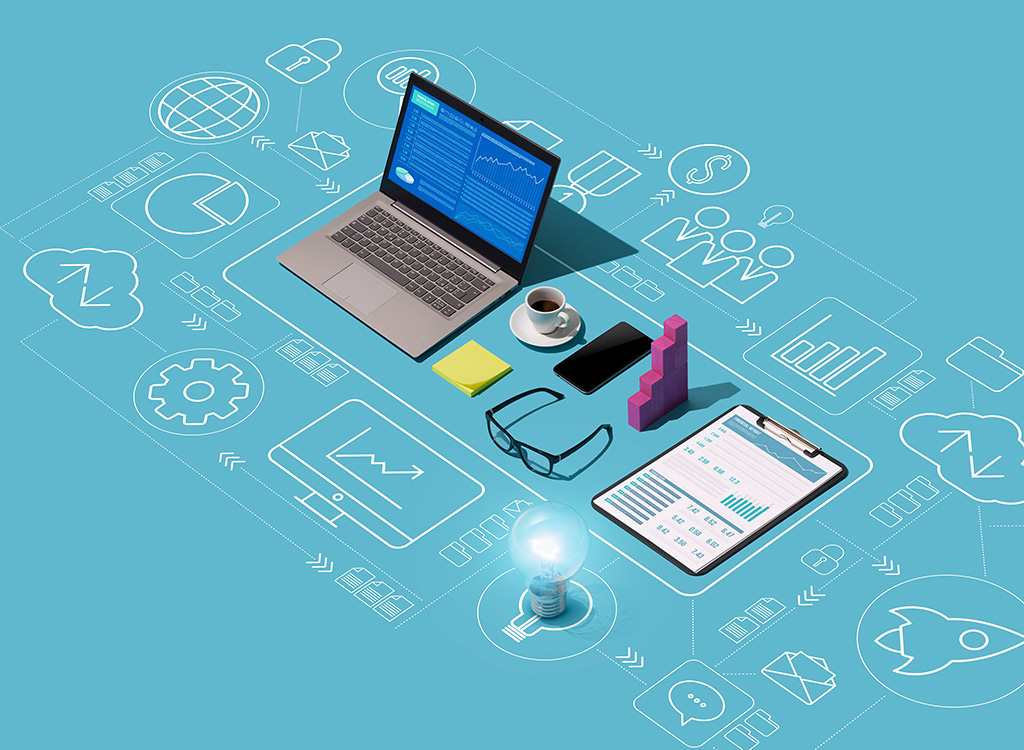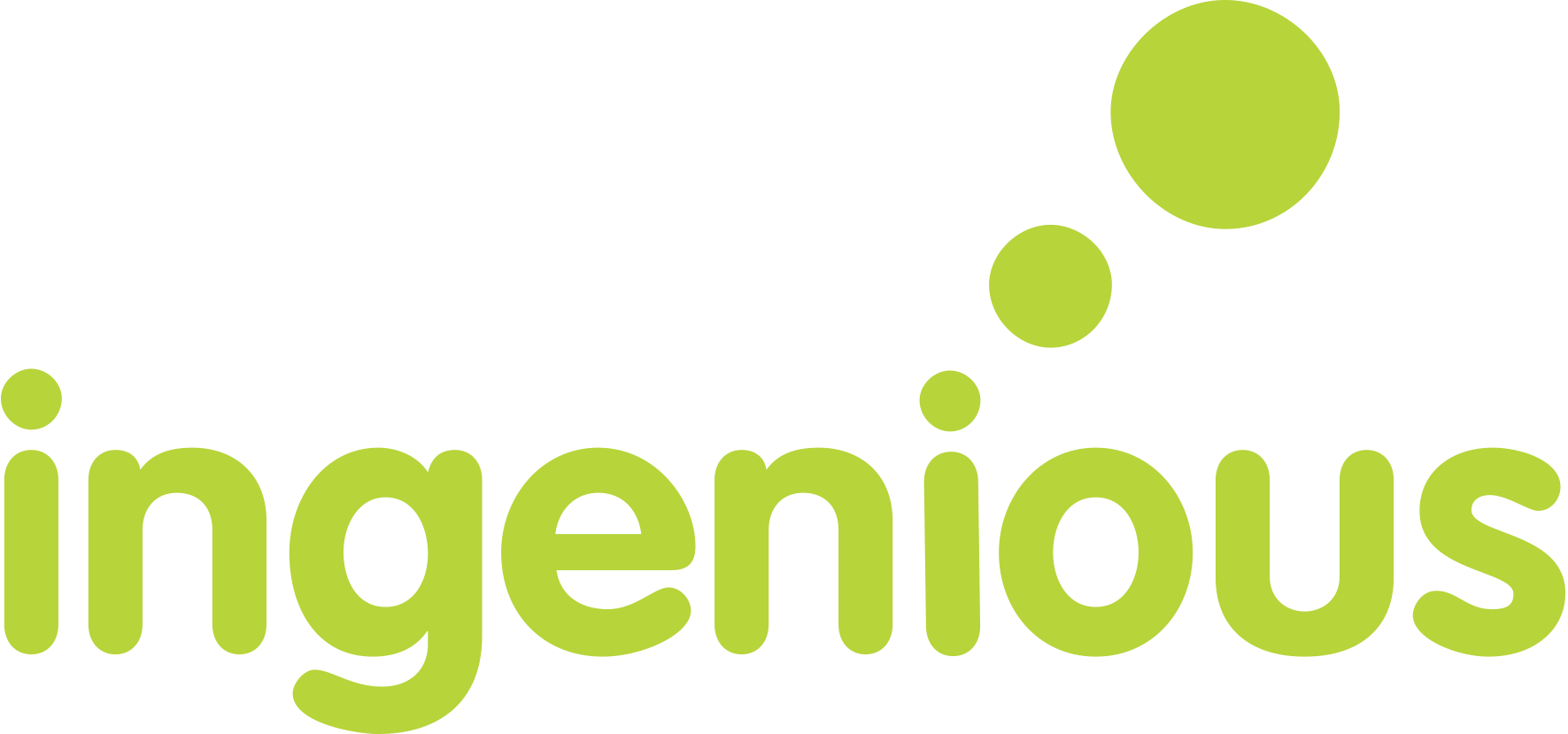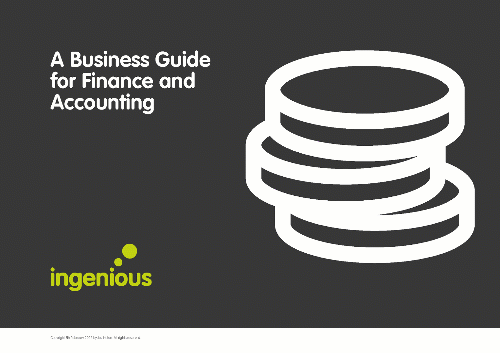
Introduction
Never has a saying been more authentic than the proverb ‘time is money’. Your time is your business’s money, and the higher value you put on your time, the more critical the task is to ensure you don’t detract from your clients.
The goal of any organisation is to ensure the quality and standard of deliverables to your clients. Such deliverables could be client-facing or operational. Either way, they all relate to the efficiency of time to cost.
There are limited hours within a working day, limiting the time you can assign to billable work. When factoring in the day-to-day necessities and workloads, how much time are you left for your clients? What’s more, how efficient do you believe you are in this time with the added pressures of deadlines?
All these factors beg the question: What can you do to use your time more efficiently to spend as much of it as possible on billable, rather than non-billable, tasks?
Let’s jump right in and share our tips on how you can increase billable hours.
This post is an exerpt taken from our Business Guide for Finance and Accounting companies. You can download your free copy of the guide by clicking the link below.
Systems (Internal and Client Facing)
How can you generate more client-facing time and less in your own internal IT and systems?
Although this should be common knowledge, a recent study found that most businesses use upwards of 10 systems to assist business operations. Only 4-5 are used to their full capacity when drilled further.
Any system you use for your business will require time to manage and train. No system can run autonomously over a long period, which will likely come at a time cost to your employees or management.
Accounting Software, Dynamics GP, ERP, and CRM systems are all complex and time intensive. This doesn’t mean they are not helpful; you need to get the absolute maximum out of them to justify the time vs cost ratio.
Businesses that switched to cloud accounting have experienced a 15% boost in revenue.
Flexi, 2021
The first step here would be to review all the systems you use. Next, assign the daily tasks next to each and see if there is any cross-reference. This is essentially a minimal audit of your internal and client-facing systems. The aim is to reduce the number of systems you use without compromising efficiency. Remember, a well-run system WIILL save you time.
Of course, some systems are required to run independently and have no cross-over potential, such as accounting software and a CRM. However, consider the possibility of APIs that keep your customer’s records clear and accessible.
Lastly, consider your employees. You will likely face frustrations and barriers to change, as some employees may resist learning a new system approach. This will likely result in a temporary productivity decrease for the first 2-3 months. Keep your customers notified of this change; the result will benefit them and you.

Aging Infrastructure
Get rid of aging infrastructure and satisfy your clients’ new demand for digital systems. This is a win-win: saving you lost time whilst boosting your productivity, interaction, and image with your clients.
The risks associated with aging infrastructure are so heavily detailed and documented it seems implausible why any business wouldn’t invest time and money in modern digital systems. If you find yourself in this position, reluctant or without the finance to change, consider the following benefits.
A Digital Era
If you find yourself playing catch-up to the ever-changing digital era, almost certainly, you will have lost clients to competitors. Not only are digital solutions more cost-effective these days than dated infrastructure. They also provide your current and future clients with the answers they require in a fraction of the time.
IT Flexibility
Funding the short and long-term IT costs to evolve in the digital era can seem overwhelming. Despite highlighting the benefits to business and risks to loss of business, we still see many companies unwilling to invest due to legacy IT expenses being low.
Don’t be fooled by this; there are many hidden costs to legacy IT equipment that will increase year on year as the systems become obsolete. Flexibility gives your business a choice to support growth and improve productivity.
Customer Service 2022
Customer satisfaction is measured in retention and satisfaction scores. The results can give you invaluable guidance on where to improve efficiency. The main issue with aging infrastructure directly impacts performance, not just for your clients but also for your employees.
A customer expects so much more in the 21st century, and your IT infrastructure will ultimately dictate how quickly and organised you can present the information they require.
Maintain A 50% Reserve
Hold at least 50% of your annual costs in reserve so you don’t start to panic when your income is not where it needs to be. Billable time can be spikey due to the nature of your work or where accounting periods or tax years fall.
50% should be sufficient to see you through the quieter times and invest in shortfalls where required. These could be anything from systems to infrastructure or even experimenting with new technologies.
Maintaining a reserve protects your employee’s time to use as billable hours.
1 in 4 small businesses holds fewer
than 13 days of buffer in cash reserves.
J.P. Morgan Research
Administrative and Staff Efficiency
The ‘Office/Admin Overheads Per Person’ figure is another important element that directly affects the profitability of your business. Reducing administrative overheads and increasing efficiency is important.
Again, the clever use of systems, processes and procedures coupled with happy, empowered staff will directly impact this.
Use this handy calculator to determine your office/admin overheads per person: https://www.ingenious.co.uk/insights/employee-cost-calculator/.
Please take note of this cost as it is often overlooked or unknown. You can use this to understand and determine how much additional time your employees could assign to billable hours.
Did you know an employee on £35k PA losing just 10 minutes a day will cost you over £1,000 a year? It is very easy to tot up a lot more than that in a working day to poor systems, processes, or other inefficiencies.

Recap Points
The key here is happy, autonomous, empowered staff with a good set of systems (and not OTT) processes and procedures to follow. Look closely at what you have and how well it serves your business goals and objectives.
If you can make changes to improve efficiencies, and ultimately increase your client billable hours, the consider the investment to future-proof your growth.
Spend dedicated time every month working out how you can improve on what you already have. Be sure to review the tech you use to see how this can assist and ultimately drive your decisions.


